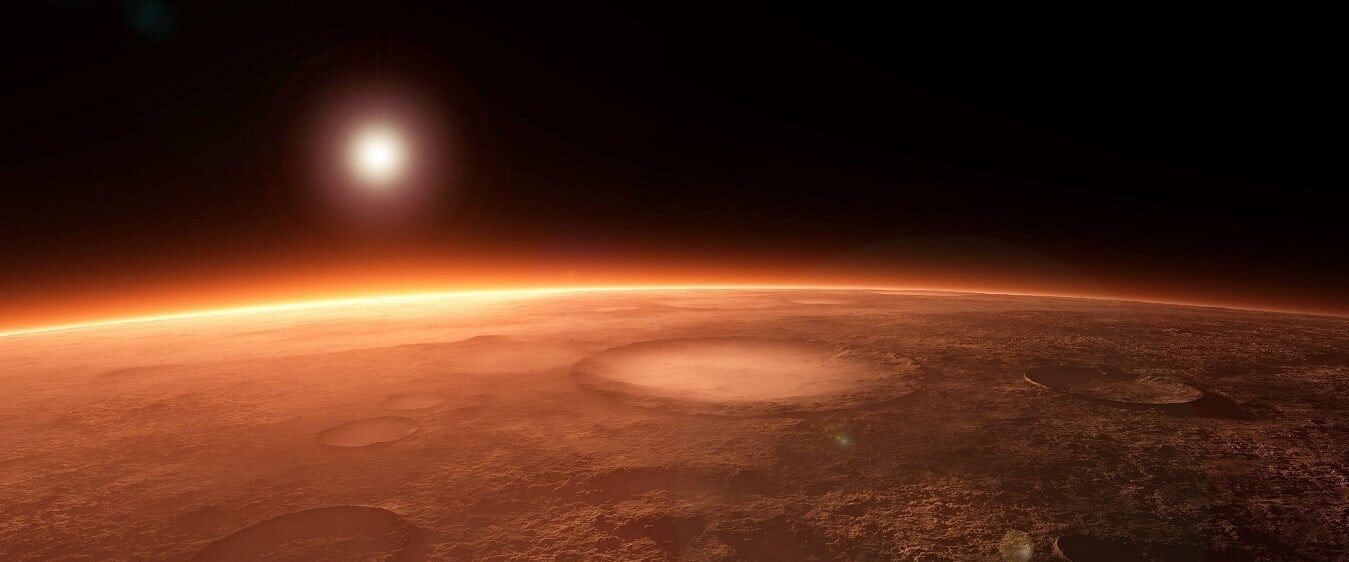Given Frozen‘s smashing success, and Disney’s philosophy regarding capitalization of past successes, Frozen II was almost a mathematical inevitability. Now the deed’s done and the movie’s out. The good news is, they tried. Frozen II strikes out into new territory. It expands its world with history and with mythology, though with the inadvertent effect of…
Tag: movie reviews
Review: Beauty and the Beast (the Other One)
(Yes, I know: I’m six months late to this party. But that is how long it took them to put the movie on Netflix.) In 1991, Disney released a magnificent version of the classic fairy tale “Beauty and the Beast”. Then they released another version. Disney’s decision to remake Beauty and the Beast as a…
Review: Rogue One
Rogue One needs no introduction, so I won’t make one. This review, however, requires an emphatic spoiler warning. So: spoilers SPOILERS SPOILERS SPOILER ZONE. ABANDON HOPE, ALL YE WHO ENTER HERE. Now to the review. Rogue One is Disney’s first half-step beyond the traditional Star Wars trilogies. It’s a Star Wars story rather than an…
Movie Review: Pete’s Dragon (2016)
Despite the old and no doubt wise saying, Disney canon clearly holds that being raised by wolves is not injurious to childhood development. This is one of the lessons of The Jungle Book, another being that if a ferocious man-hating tiger gets your calling card, you cannot lose if you arm yourself with a blazing…
Movie Review: Treasure Planet
If there is one thing we can all dream about, it’s finding buried treasure. We could all use the money, of course, and this way it comes with mystery and romance and adventure. What more could we ask for? Pirates. That would add danger, ratchet the adventure up to a new level, and give us…
Movie Review: Tarzan
The foundling raised by animals in the wilderness is an immemorial idea. A couple weeks ago I reviewed a movie about one of the most famous of these foundlings: Mowgli, raised by wolves in the jungle. Today I will review another movie, this one about another foundling of almost equal fame: Tarzan. Disney released its…
Movie Review: The Jungle Book (2016)
Somewhere, at some point, someone at Disney said, “Do you know what we should do, instead of making endless sequels to classic Disney films, as if no one in the company has had an original thoughts since 1997? Remakes. Remakes of classic Disney films. In live-action.” This was a bad idea. It should not have…
Movie Review: Peanuts
I am back! Where have I been? Well, that’s a long story. I will only say, for now, that with finals week behind me, I hope to be posting more often. And I will begin with this review of a movie I now regret not catching in theater. Who hasn’t seen it – Snoopy…
(Christmas) Movie Review: Rise of the Guardians
Jack Frost was nimble, Jack Frost was quick; Jack Frost froze the world with his stick. Yes, I know: It’s a mixing of disparate bits of culture and childhood lore, kind of catchy and not quite right. And in that, it’s like Rise of the Guardians. Rise of the Guardians was released into theaters around…
Movie Review: Arthur Christmas
Arthur’s heart was in the right place; it was his feet that usually weren’t. He wasn’t quite harmless – certainly not to the elves he routinely tripped over, whose home he once accidentally melted. But he meant well. Arthur Christmas is a story of Santa, his wife, his father, and his two sons. If you…
